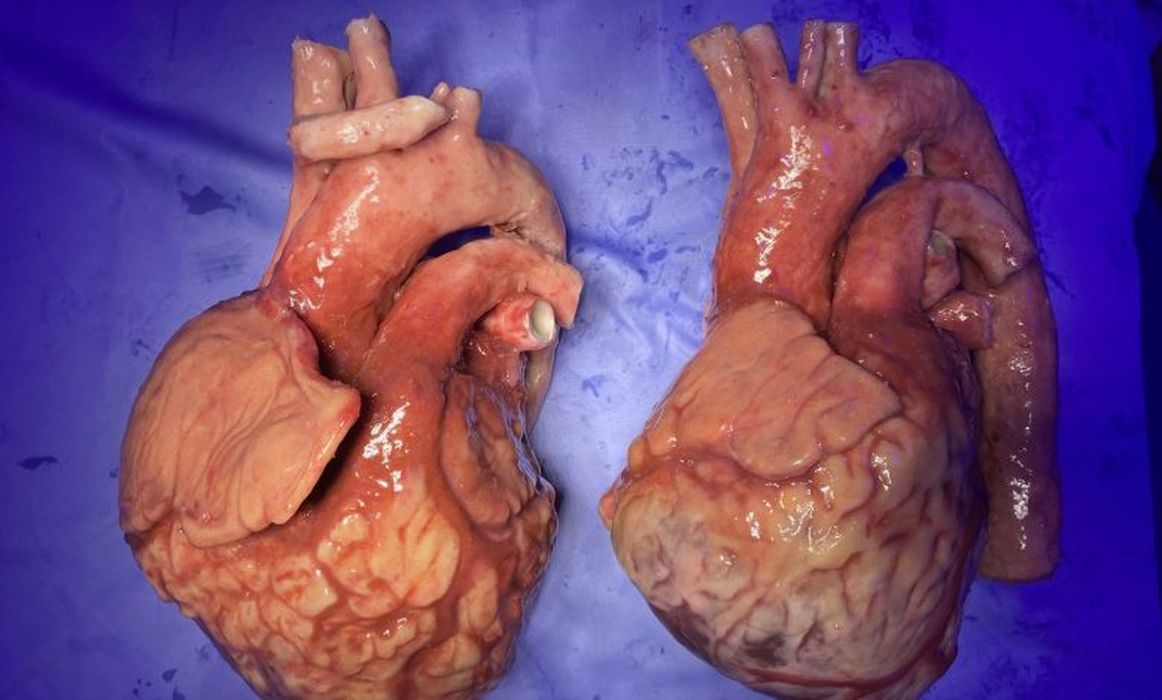
The Nottingham Trent University researchers created the heart and lung models that can beat, bleed, and breathe like real organs to help surgeons train.
According to Guernsey Press, researchers at Nottingham Trent University (NTU) have created hyper-realistic models of diseased hearts and lungs – which can beat, bleed, and breathe like the real organs – to help train surgeons to perform transplants.
The team, led by senior research fellow Richard Arm, created the 3D printed fake organs with silicone gels, fabrics, and different fibres. The models, which can be repaired and reused, come with blood vessels that bleed to simulate the real-like experience of clamping them to stem any blood flow.
Doctors performing mock surgery can make incisions and remove the diseased organ before suturing a new heart into place with real surgical instruments. To create the models, the team used heart scans from a patient with heart disease as well as a healthy donor.
“This technology can simulate bleeding like a normal heart to provide the actual experience and limited visibility that surgeons must face on the operating table,” said Richard Arm. “The model is designed to be affordable, reusable, and portable, to maximize access to the technology, allowing for increased risk-free training opportunities for transplant surgeons around the country.”
Surgeons will also be able to practice making incisions through the pericardium – a thin sac that surrounds the heart – and the blood vessels that connect the heart to the lungs and the rest of the body. According to Richard, earlier versions of the organ models are being used by the British military and civilian hospitals to improve emergency trauma treatment training.
“While we have made other ‘fake’ organs before, this is our most advanced yet and represents the first example of the next generation in synthetic organs where realistic internal detailing crucially includes all the important, hidden blood vessels, and heart valves,” said Richard. “There’s simply nothing like this in the world right now, so we’re currently working alongside British surgeons and global retailers to trial this next generation of medical models. Other examples where our research is making an impact is in maxillofacial prosthetics departments across the UK who use our most advanced skin models to help train plastic surgeons advanced suturing techniques. We also produce the world’s most advanced dental models that are used by British dental students to train how to probe gums safely.”
Read the rest of this story at VoxelMatters
